Introduction
In the ever-evolving landscape of digital threats, Microsoft has unveiled a transformative solution—AI-powered security agents designed to redefine how cybersecurity is managed at scale. As threat actors become more sophisticated, the need for automated, intelligent, and real-time security has never been more urgent.
This in-depth SEO-focused article breaks down:
- What Microsoft’s new AI cybersecurity agents are
- Why they are being introduced now
- The underlying technology
- How they work within Microsoft Security Copilot
- Their potential impact on cybersecurity operations
- Benefits for enterprises and security teams
- Challenges and risks
- The broader implications for the cybersecurity industry
🌍 The Rising Cybersecurity Threat Landscape: Why Automation Is Critical
Cyberattacks are increasing in both volume and sophistication. In 2024 alone, reports indicated:
- A 38% global increase in cyberattacks year over year
- Surge in AI-powered malware and deepfake-enabled phishing
- More zero-day vulnerabilities being exploited in the wild
- Increased attacks targeting supply chains, cloud infrastructure, and operational technology (OT)
This surge has created a critical skills gap. Many organizations struggle to:
- Hire enough skilled cybersecurity professionals
- Manage large volumes of threat data
- Respond to incidents fast enough to prevent damage
The result? Security teams are overworked, under-resourced, and constantly reacting rather than proactively defending. Microsoft’s AI security agents aim to flip this paradigm.
🤖 What Are Microsoft’s AI Security Agents?
Microsoft’s AI agents are autonomous software entities embedded within the Microsoft Security Copilot platform. These agents:
- Act on behalf of cybersecurity teams
- Perform continuous threat hunting, alert triaging, and remediation
- Operate 24/7 without fatigue
- Learn from new data and adapt to new threats in real-time
These AI agents aren’t just chatbots or assistants—they’re designed to take end-to-end ownership of specific security tasks, such as:
- Investigating phishing emails
- Isolating compromised devices
- Correlating incident data across endpoints and identity systems
- Mitigating vulnerabilities and misconfigurations
This represents a major evolution in how security operations centers (SOCs) function.
🧬 How Microsoft’s AI Agents Work: Technical Foundations
These agents are built on the foundation of:
1. Security Copilot
Launched in 2023, Microsoft Security Copilot combines large language models (LLMs) like GPT-4 with security-specific intelligence to:
- Interpret and summarize complex security data
- Provide recommendations in natural language
- Automate documentation and incident reporting
2. Microsoft Graph Security API & Defender XDR
The agents pull telemetry from a broad array of Microsoft and third-party sources, including:
- Microsoft Defender for Endpoint
- Microsoft Sentinel
- Microsoft Entra (formerly Azure AD)
- Third-party security platforms via API integration
3. Autonomous Reasoning Engines
These systems allow agents to:
- Make decisions based on context
- Prioritize threats
- Take predefined actions (e.g., isolate a machine, reset credentials)
- Learn from feedback and results
They operate much like SecOps professionals, but with real-time access to petabytes of threat intelligence and a tireless work ethic.
🧠 Key Use Cases for Microsoft AI Cybersecurity Agents
1. Threat Hunting
Agents continuously scan telemetry for:
- Indicators of compromise (IoCs)
- Lateral movement
- Privilege escalation
They generate alerts and remediation steps without waiting for a human prompt.
2. Incident Triage
Instead of analysts spending hours reviewing logs:
- AI agents categorize incidents
- Assign severity levels
- Cross-reference with known threat actors or campaigns
This improves mean time to detect (MTTD) and mean time to respond (MTTR).
3. Automated Response and Remediation
When agents detect anomalies, they can:
- Disable suspicious user accounts
- Isolate infected devices
- Initiate malware scans
- Roll back malicious changes via Defender for Endpoint
This allows faster, more consistent response actions.
4. Security Policy Enforcement
Agents monitor for:
- Expired certificates
- Open ports
- Misconfigured privileges
- Missing patches
Then, they can auto-correct or escalate depending on configuration.
🏢 Who Benefits from These AI Agents?
For Large Enterprises
- Scale operations without scaling teams
- Achieve 24/7 global monitoring
- Drastically reduce alert fatigue
For Small to Midsize Businesses (SMBs)
- Access “enterprise-grade” SecOps
- Automate critical tasks without hiring full teams
- Enhance compliance and risk management
For Managed Security Service Providers (MSSPs)
- Standardize response across client environments
- Onboard new clients faster
- Leverage AI agents as tier-1 analysts
🔐 Real-World Example: Automating a Phishing Investigation
Imagine an employee receives a suspicious email. In a traditional setup:
- They report the email.
- A human analyst reviews headers and payloads.
- The analyst checks if the links are malicious.
- They identify affected users/devices.
- Remediation begins.
This can take hours.
With Microsoft’s AI agents:
- The agent investigates the email automatically.
- It checks reputation of links and attachments.
- It identifies all recipients of the same email.
- If malicious, it isolates affected machines and resets credentials.
- A report is sent to the security team.
Time saved: 80–90%.
🧭 Microsoft’s Broader AI Vision for Cybersecurity
Satya Nadella has long emphasized that AI will be key to the future of cloud and cybersecurity. This launch aligns with Microsoft’s mission to:
“Empower every person and every organization on the planet to achieve more — securely.”
These AI agents are part of a larger ecosystem shift toward:
- AI-native SOCs
- Proactive security frameworks
- Security as code in DevSecOps environments
They aim to make cybersecurity:
- Predictive
- Automated
- Scalable
💡 Advantages of Microsoft’s AI Cybersecurity Agents
| Benefit | Description |
|---|---|
| Speed | Responds to threats in real-time, not hours |
| Scale | Monitors thousands of endpoints and logs simultaneously |
| Accuracy | Learns and improves over time, reducing false positives |
| Consistency | Removes human error from repetitive tasks |
| Cost-Efficiency | Reduces the need for expensive headcount growth |
⚠️ Challenges and Considerations
1. False Confidence
Over-reliance on AI could lead to missed edge cases if teams stop actively reviewing alerts and models.
2. Data Privacy and Compliance
Organizations must ensure:
- GDPR/CCPA compliance
- Clear data processing agreements
- Audit trails for AI decisions
3. Bias in LLMs
If training data is biased or incomplete, agents might prioritize the wrong threats or miss emerging TTPs (tactics, techniques, and procedures).
4. Attack Surface
Ironically, AI agents could become targets themselves. Attackers may attempt to manipulate inputs or logic to trigger inappropriate actions.
🔄 How These Agents Fit in a Zero Trust Architecture
Microsoft’s security philosophy emphasizes Zero Trust, where:
- Trust is never assumed
- Every user, device, and app is continuously verified
AI agents enhance Zero Trust by:
- Monitoring identity behavior patterns
- Enforcing access policies in real-time
- Correlating telemetry across domains (identity, endpoint, cloud, email)
They serve as automated gatekeepers, enforcing microsegmentation and dynamic access.
🧭 Industry Impact: What This Means for Cybersecurity as a Whole
Microsoft’s move will likely inspire:
- Other tech giants (like Google and AWS) to accelerate their AI-SecOps investments
- Cybersecurity vendors to develop their own AI agents
- Regulators to draft guidelines on AI in cybersecurity decision-making
- Universities and bootcamps to emphasize AI-centric security training
It marks a shift from rule-based automation to intelligent autonomy.
🧪 What’s Next?
Microsoft is actively rolling out these AI agents to select customers and partners, with general availability expected by late 2025.
Upcoming capabilities will likely include:
- Autonomous threat simulation
- Self-healing network segments
- Integration with generative AI-powered reporting and compliance documentation
Microsoft also aims to make agents customizable, so organizations can train agents for domain-specific environments.
Conclusion: A New Era of AI-Driven Cybersecurity
Microsoft’s launch of autonomous AI agents is more than a product update—it’s a paradigm shift in how we secure our digital environments. With cyberthreats rising, budgets tightening, and skilled talent scarce, AI represents a force multiplier for every security team.
By embedding intelligence directly into the security fabric of organizations, Microsoft is paving the way for faster, smarter, and more resilient cyber defense.




